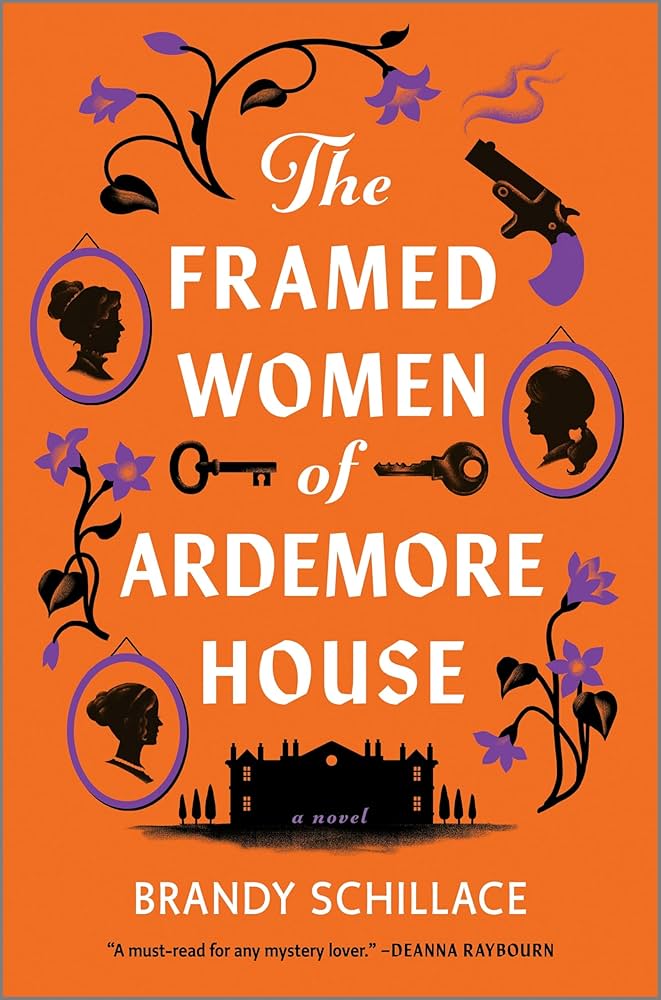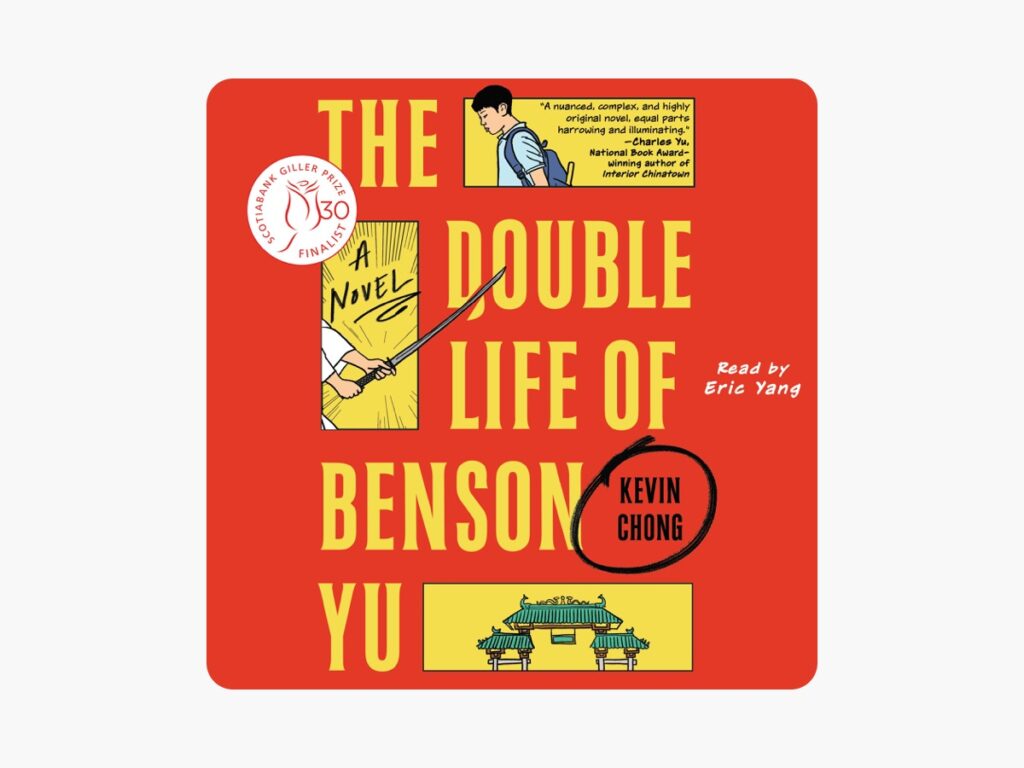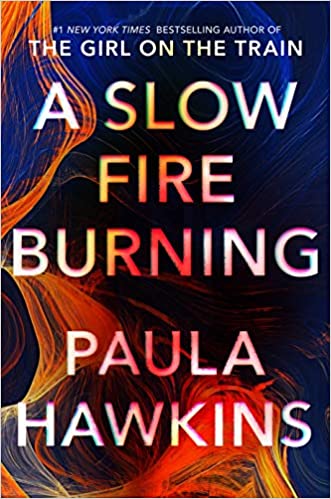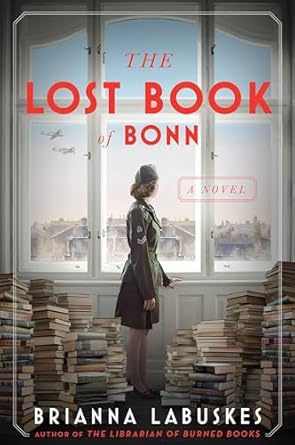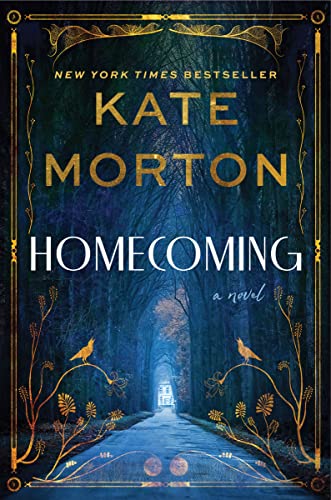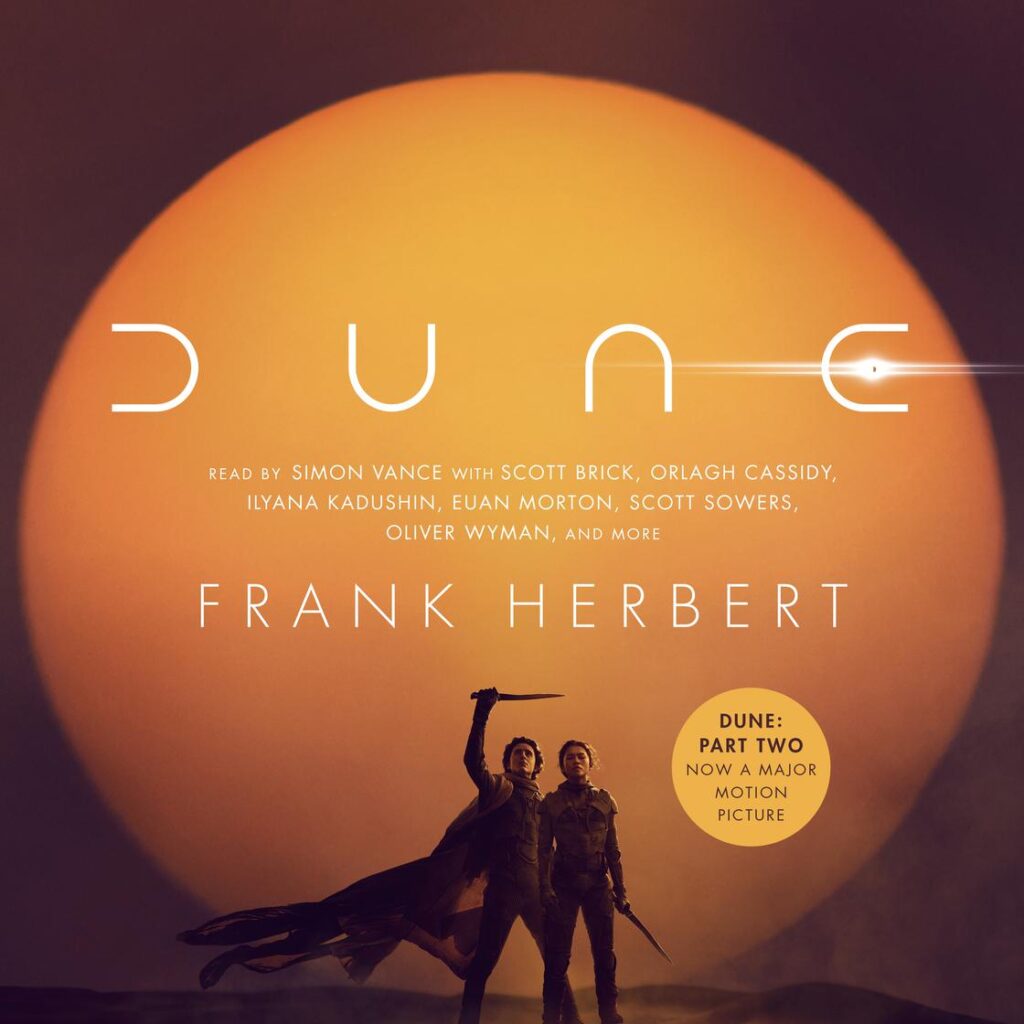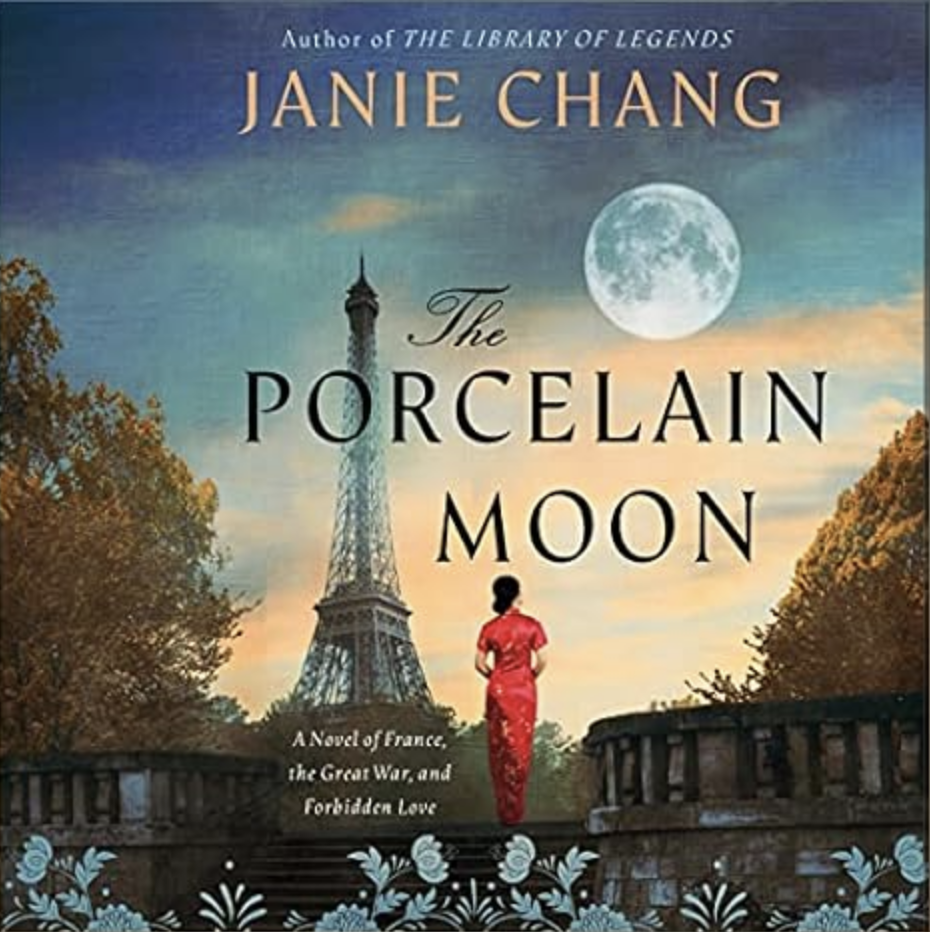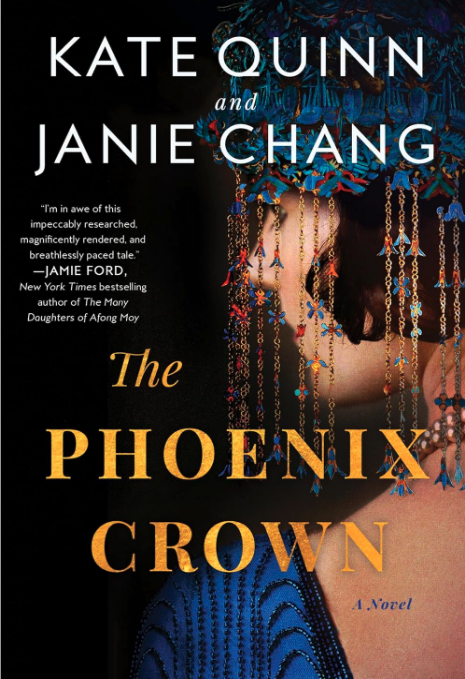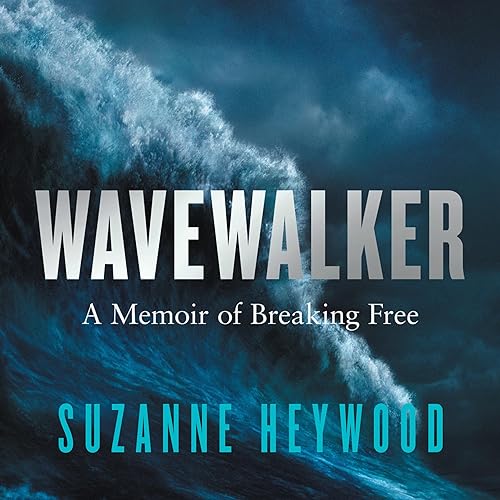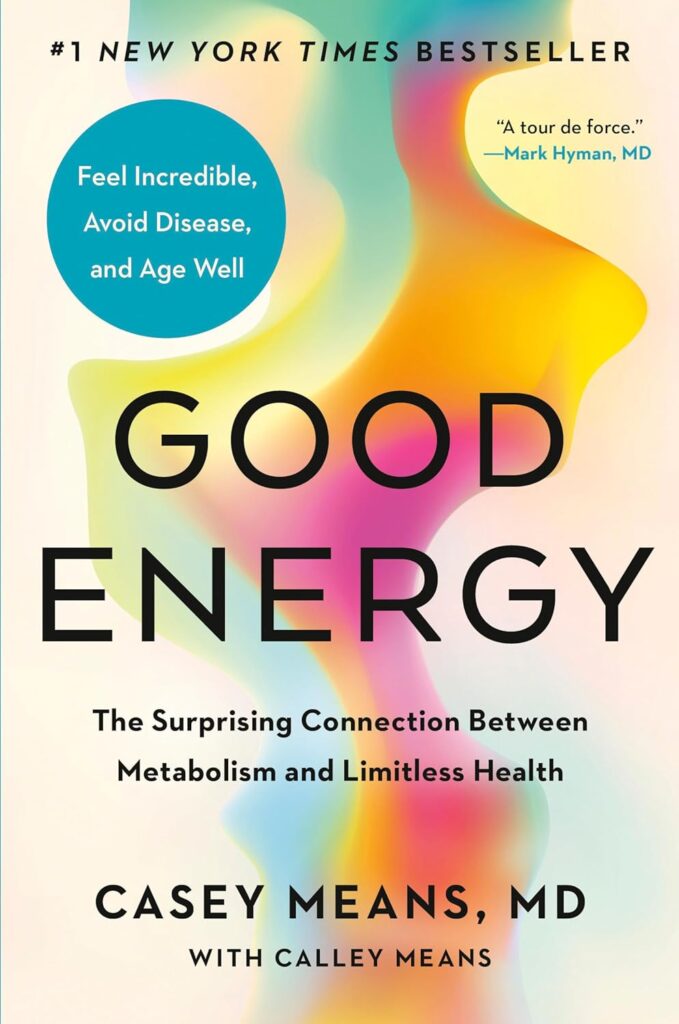
Good Energy by Casey Means, MD, with her brother Calley Means, is a deep look at how people can reclaim their vitality. Energy slumps and general exhaustion have become the norm, but it shouldn’t be. Drawing from her experience as a doctor in the US healthcare system, Means emphasizes that feeling like shite is not inevitable. The book is a framework for optimizing your energy levels, with lessons on nutrition, exercise, sleep, and mindfulness. There is a ton of info here that I already knew, but it’s packed with valuable insights and action plans.
Means’ American healthcare perspective differs from the Canadian one (the US seems far more capitalistic in terms of doctors/hospitals having a bias to higher billings vs. patient-centric care). But she’s spot on that doctors tend to discuss blood work that is out of range vs. commenting on numbers that are hitting the outer limits and thinking holistically about the story those numbers tell. She also digs into the underlying causes of low energy and how mitochondrial health—the powerhouse of our cells—needs to be addressed.
One of the core messages in Good Energy is the importance of feeding your body the right nutrients, and how that is key to energy production. Her advice on food is practical and there’s clear guidance on what to prioritize and what to avoid.
The book also provides guidelines on optimal ranges for key blood work metrics, including blood sugar levels, inflammation markers, and other health indicators that affect energy levels. Casey Means’ website offers a number of free resources on her blog, including a PDF about blood work. The measurements and ranges in the US are slightly different than Canada, but there are online sites that do the conversion so it’s still a useful guide. Here’s https://www.caseymeans.com/learn
Sleep is another major factor and Means highlights how critical quality sleep is for both mental and physical energy. Again, I wouldn’t say the tips are groundbreaking, but each section is a solid reminder of best practices.
If you’ve read books like Why We Sleep by Matthew Walker or Atomic Habits by James Clear, then you’ll enjoy Good Energy. It’s a great resource for anyone looking for a roadmap to a more energized, healthier life and who values a comprehensive, science-backed approach. This is not a quick solutions, self-medicate this way, guide. It’s about committing to long-term good habits in the way you eat, sleep, move, and meditate.
I highly recommend Casey Mean’s website. There are a ton of resources and a regular newsletter, as well as links to buy the book.
